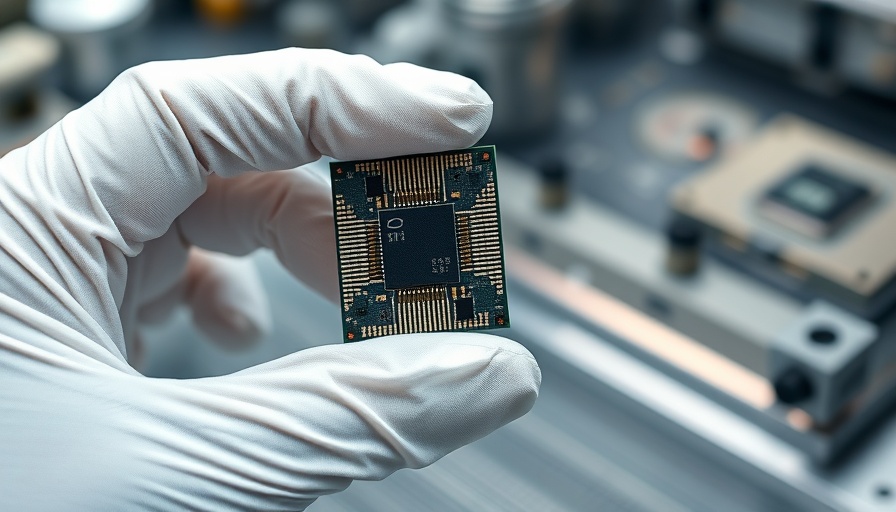
Unlocking the Power of 360 Cameras for Marketing
In an increasingly visual world, the importance of capturing immersive experiences cannot be overstated. For marketing managers, leveraging 360 cameras offers a unique opportunity to engage audiences in ways traditional photography simply cannot match. These cameras provide comprehensive perspectives that can enhance storytelling in marketing campaigns like never before.
Understanding the Technology Behind 360 Cameras
The technology behind 360 cameras typically involves dual lenses that record everything around them, creating a spherical experience. This technology allows for an authentic representation of environments and events, which is particularly crucial for marketers seeking to create genuine connections with their audience. Imagine a tourist exploring a new destination, or a brand unveiling a product in an unforgettable way; with 360-degree footage, marketers can invite viewers into these situations, generating a lasting impact.
Comparison of the Best 360 Cameras in 2025
For those in marketing looking to invest in 360 cameras, we've analyzed the top choices currently on the market:
- Insta360 X5: Best Overall.
- Insta360 X4: Excellent value, now available at $350—30% off, making it a savvy choice for marketers on a budget.
- Ricoh Theta X: Great for high-quality still photos, ideal for promotional material.
- DJI Osmo 360: A camera that continues to trend, even if it's challenging to purchase, underscoring its popularity.
Best Practices for Using 360 Cameras in Marketing Campaigns
To maximize the effectiveness of 360 cameras, marketers should consider these best practices:
- Tell a Story: Ensure that your content has a narrative. Viewers appreciate a journey, and 360 videos should guide them through an experience.
- Focus on Quality: High-resolution footage captivates. Make sure to select a camera that meets quality standards.
- Use Virtual Reality: Consider combining 360 content with VR platforms to enhance viewer immersion further.
The Emotional Connection of Visual Storytelling
Marketing isn't just about conveying a message; it's about evoking emotions. The immersive quality of 360 cameras allows brands to transport their audience into the environment they are trying to showcase. This connection fosters loyalty and engagement, essential aspects of successful marketing strategies.
Frequently Asked Questions About 360 Cameras
Q: How do I choose the right 360 camera for my needs?
A: Consider what you value most—image quality, ease of use, software capabilities—to align your choice with your marketing goals.
Q: What platforms can I share 360 videos on?
A: Many social media platforms support 360 video, including Facebook and YouTube, making it easy to integrate into your marketing strategy.
Inspiration from Success Stories
Several brands have already started harnessing the power of 360 footage. For instance, tourism companies that provide virtual tours using 360 videos have seen an increase in bookings. The ability to showcase an experience has proven to be a game changer.
Conclusion: Embrace the Future with 360 Cameras
With the evolving landscape of marketing, adopting 360 cameras can significantly enhance how brands interact with audiences. As we move forward into a world that craves visual and immersive experiences, marketers equipped with 360 technology will undoubtedly hold the advantage. Consider exploring the best 360 cameras available in 2025 to elevate your marketing strategy.
 Add Row
Add Row  Add
Add 




Write A Comment